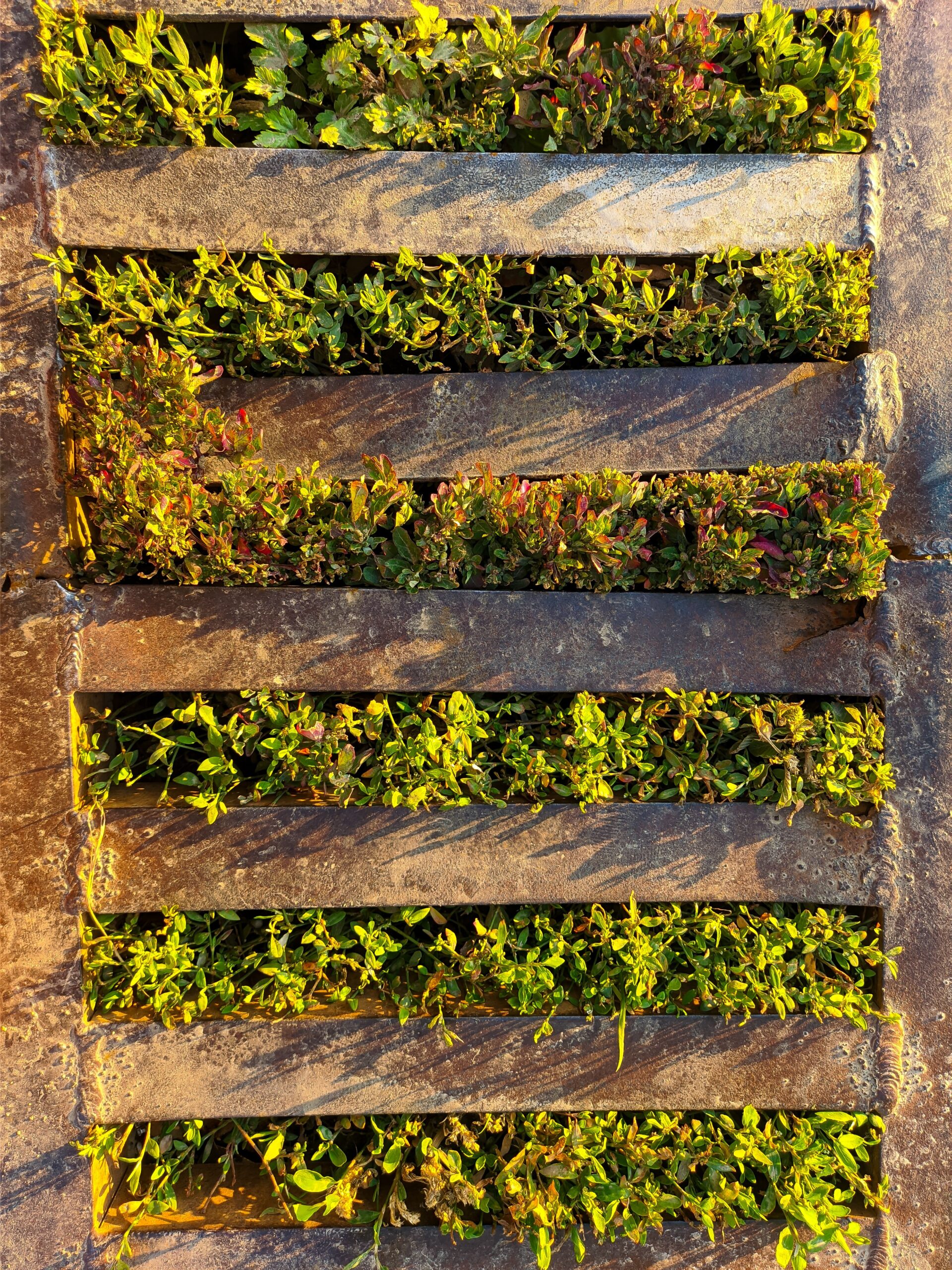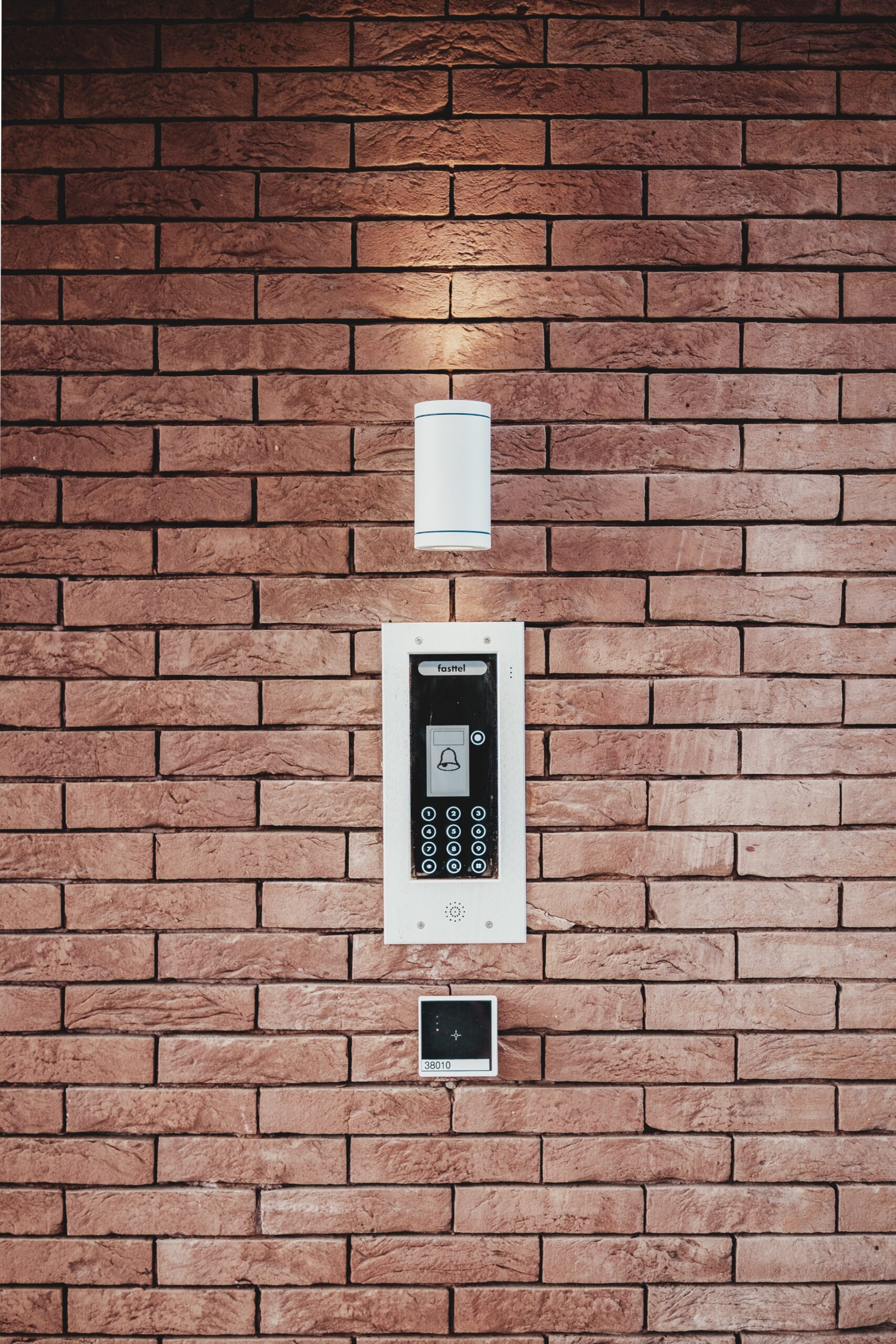
So you want to know what makes a drainage system effective? Well, an effective drainage system is crucial for preventing water damage and maintaining the stability of your property. It involves a network of pipes, channels, and other structures designed to collect and redirect excess water away from your home or building. By efficiently managing excess water, an effective drainage system helps to prevent flooding, erosion, and moisture-related issues that could compromise the structural integrity of your property. But what exactly makes a drainage system effective? Let’s explore the key components and principles that contribute to its effectiveness.
Importance of Drainage Systems
Drainage systems play a crucial role in maintaining the overall health and functionality of our properties. By effectively managing the flow of water, they prevent water accumulation, protect structures, and maintain the health of plants. Understanding the importance of drainage systems can help us make informed decisions about their design, installation, and maintenance.
Preventing water accumulation
One of the primary functions of a drainage system is to prevent water accumulation on our properties. Without proper drainage, excess water can pool in our yards, causing damage to the landscape, creating muddy and slippery conditions, and even seeping into our homes. This can lead to costly repairs, such as fixing water-damaged foundations and flooded basements. By redirecting water away from our properties, drainage systems ensure that water flows freely and does not cause any harm.
Protecting structures
Another vital role of drainage systems is to protect the structures on our properties. Excess water can lead to erosion, which can weaken the foundation of buildings and structures, compromising their stability. Additionally, constant exposure to moisture can cause damage to the exterior of our homes, leading to rot, mold, and other structural issues. Properly designed and installed drainage systems help divert water away from structures, keeping them safe and secure.
Maintaining the health of plants
Effective drainage systems are also essential for the health and well-being of plants. Excess water can drown plant roots, depriving them of oxygen and nutrients necessary for growth. It can also create conditions favorable for fungal diseases and root rot. By ensuring that water drains efficiently and the soil remains adequately hydrated without becoming waterlogged, drainage systems help create optimal conditions for plant growth and prevent damage caused by excessive moisture.
Components of an Effective Drainage System
To design an effective drainage system, it is essential to understand the various components that work together to manage water flow. Each component serves a specific purpose and contributes to the overall efficiency of the drainage system. Here are some key components commonly used in drainage systems:
Gutters and Downspouts
Gutters and downspouts are crucial components of a drainage system that collect and direct rainwater from the roof away from the foundation. By capturing water as it runs off the roof, gutters prevent it from falling directly next to the house, helping to prevent water damage to the foundation and basement.
Catch Basins
Catch basins are underground containers that collect excess water and debris, preventing them from causing any harm. They are typically placed in areas where water naturally collects, such as low points in the yard or near downspouts. Catch basins help redirect water away from structures and ensure proper drainage.
French Drains
French drains are trenches filled with gravel or rocks and perforated pipes that redirect water away from specific areas. They are designed to alleviate water buildup by collecting it and then allowing it to gradually seep into the surrounding soil or drain into a suitable outlet. French drains are commonly used in areas with poor soil drainage or where water tends to accumulate.
Sump Pumps
Sump pumps are installed in basements or crawl spaces to remove excess water that collects in these areas. They work by automatically pumping the water out and away from the building, preventing basement flooding. Sump pumps are especially crucial in areas prone to heavy rainfall, high water tables, or properties located in flood-prone areas.
Perforated Pipes
Perforated pipes play a vital role in efficient drainage systems. These pipes have holes or slits that allow water to enter and be drained away. They are often used in conjunction with French drains, catch basins, or other drainage techniques to effectively manage water flow.

Factors to Consider for Effective Drainage
Creating an effective drainage system requires consideration of several factors that influence the flow and management of water. Understanding these factors and integrating them into the design process ensures the system’s efficiency and longevity. Here are some important factors to consider when planning a drainage system:
Topography and Soil Type
The topography and soil type of your property have a significant impact on drainage. If your property has a steep slope, water may flow more rapidly, requiring additional measures to prevent erosion and control its direction. Similarly, different soil types have varying drainage capacities. Clay soils, for example, retain water more easily than sandy soils, necessitating proper measures to prevent water accumulation.
Climate and Rainfall Patterns
The climate of your region and the rainfall patterns play a vital role in determining the effectiveness of the drainage system. Areas with frequent heavy rainfall may require more robust drainage systems to accommodate the larger volume of water. In contrast, regions with low rainfall may require less extensive drainage systems, focusing more on proper soil composition and slope grading.
Landscaping and Surface Materials
The existing landscaping and surface materials on your property can affect drainage. Paved surfaces, such as driveways and patios, can create runoff, which needs to be properly managed. Additionally, different types of vegetation and landscaping features can either aid or hinder water drainage. Considering these factors in the drainage system’s design ensures proper water flow and prevents potential issues.
Proper Slope and Grading
The slope and grading of your property significantly impact the effectiveness of drainage systems. Properly sloping the land away from structures and towards appropriate outlets helps water flow naturally and prevents water accumulation. Grading the soil also ensures that water does not pool or settle in undesired areas.
Designing an Effective Drainage System
Designing an effective drainage system requires careful planning and evaluation of the specific needs and conditions of your property. By following a systematic approach, you can create a drainage system that efficiently manages water flow and prevents issues caused by water accumulation. Here are the key steps to consider when designing a drainage system:
Site Evaluation
Before designing a drainage system, conduct a thorough site evaluation to assess the existing conditions. Consider factors such as topography, soil type, existing vegetation, and any existing drainage issues. This evaluation will help determine the most suitable drainage techniques and components to incorporate into the design.
Determining Drainage Needs
Identify the specific drainage needs of your property based on the site evaluation. Determine areas prone to water accumulation, areas affected by erosion, or areas where water flows towards structures. By understanding these needs, you can tailor the design to effectively address the unique drainage challenges of your property.
Choosing Appropriate Drainage Techniques
Based on the site evaluation and identified drainage needs, select the most appropriate drainage techniques and components. This may include a combination of gutters and downspouts, catch basins, French drains, sump pumps, and perforated pipes. Each technique serves a specific purpose, and selecting the right combination ensures efficient water management.

Installation and Maintenance of Drainage Systems
Installing and maintaining drainage systems properly are crucial for their long-term functionality. By following proper installation techniques and implementing regular maintenance practices, you can extend the life of the system and ensure its effectiveness. Here are the key steps for installing and maintaining drainage systems:
Preparing the Site
Proper site preparation is essential for the successful installation of a drainage system. Clear any debris, such as rocks and roots, that may obstruct the flow of water. In some cases, excavation may be required to create trenches or install catch basins and pipes. Ensure that the site is properly prepared before commencing the installation.
Installing the Drainage System
Follow the manufacturer’s instructions and guidelines when installing the various components of the drainage system. Ensure that gutters are securely attached to the roofline and have appropriate downspouts to redirect water away from the foundation. Install catch basins, French drains, and perforated pipes correctly, considering the recommended depth and slope for efficient water flow.
Regular Inspection and Cleaning
Regularly inspect the drainage system to identify any signs of damage or clogging. Clean out the gutters and downspouts to remove any debris that may obstruct the flow of water. Clear any blockages in catch basins, French drains, or perforated pipes. Regular inspections and maintenance will help identify any issues early on and prevent further damage to the system.
Common Drainage Problems
Despite the best efforts in designing and installing drainage systems, certain issues may still arise. Understanding these common drainage problems can help you identify and address them promptly:
Water pooling in the yard
Water pooling in the yard is a common problem caused by inadequate drainage or improper slope grading. It can lead to waterlogged soil, drowning plants, and creating undesirable muddy areas. Properly designed drainage systems and regular maintenance can help prevent water pooling and redirect excess water away from the yard.
Basement flooding
Basement flooding can occur due to various reasons, including poor foundation drainage, improper grading, or sump pump failure. These issues can cause significant damage to the foundation, walls, and personal belongings. Addressing the underlying cause and ensuring proper installation and maintenance of the drainage system can help prevent basement flooding.
Erosion and soil erosion
Erosion and soil erosion can result from insufficient drainage, especially in areas with steep slopes or excessive water runoff. As water flows over the land, it can strip away the topsoil, destabilize slopes, and damage the surrounding landscape. Implementing appropriate drainage techniques, such as French drains and retaining walls, can help control erosion and prevent soil erosion.

Solutions for Drainage Problems
Addressing drainage problems requires implementing suitable solutions that target the specific issues at hand. Here are some common solutions for addressing drainage problems:
Correcting Grading Issues
Proper grading is essential to ensure water flows away from structures and towards appropriate outlets. Correct any grading issues by reshaping the soil to achieve the desired slope. This may involve adding or removing soil to create a more efficient drainage path.
Adding Surface Drainage
Surface drainage can be achieved by installing additional drainage features, such as swales or surface trenches. These features help divert water away from areas prone to pooling and direct it towards more suitable outlets. Surface drainage is especially effective in tackling issues related to excess water runoff and standing water.
Installing Foundation Drainage
To address basement flooding or water seepage issues, consider installing or improving foundation drainage. This may involve installing interior or exterior drainage systems, such as French drains or foundation waterproofing. By managing water around the foundation, you can prevent damage and keep your basement dry.
Benefits of an Effective Drainage System
Implementing an effective drainage system offers numerous benefits for both your property and your well-being. Here are some key benefits of having an efficient drainage system:
Prevention of property damage
An effective drainage system prevents water from causing damage to your property. By diverting water away from structures and preventing water accumulation, you can avoid issues such as foundation damage, basement flooding, and waterlogged landscapes. This can save you significant expenses in repairs and maintenance.
Prevention of health hazards
Excessive moisture and water accumulation can create an environment conducive to the growth of mold, mildew, and other harmful organisms. These can contribute to respiratory issues, allergies, and other health problems. By managing water flow and preventing water buildup, an effective drainage system helps maintain a healthy living environment.
Improved aesthetics and functionality
Proper drainage enhances the overall aesthetics and functionality of your property. It helps keep your yard well-maintained, prevents muddy and slippery conditions, and allows for optimal plant growth. With an effective drainage system, you can enjoy your outdoor spaces without worrying about water damage or unpleasant landscaping conditions.
Conclusion
The importance of drainage systems cannot be overstated. They play a vital role in preventing water accumulation, protecting structures, and maintaining the health of plants. By understanding the components, factors, and design considerations of an effective drainage system, you can make informed decisions to ensure its efficiency. Regular maintenance and prompt solutions to common drainage problems are essential for preserving the functionality and longevity of your drainage system. With a well-designed and properly installed drainage system, you can prevent property damage, health hazards, and improve the overall aesthetics and functionality of your property.





